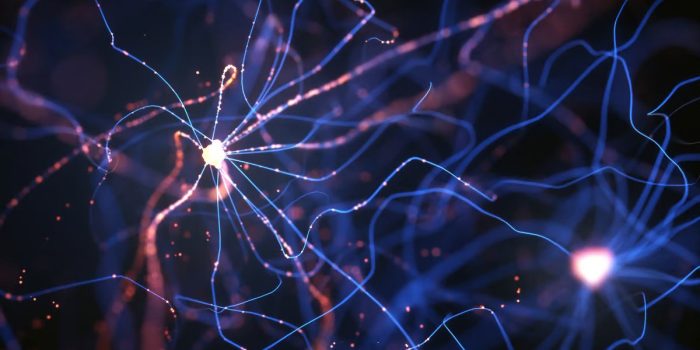In a groundbreaking discovery, scientists have revealed a dual nature within the human brain’s memory center, the hippocampus. This revelation sheds light on the brain’s ability to remember the past and plan for the future. Researchers at Cornell University conducted experiments using rats to isolate and understand these two distinct memory functions.
The hippocampus, shaped like a seahorse, has long been of interest in Alzheimer’s disease research because cognitive decline significantly impacts this area, leading to memory loss and navigation difficulties. The findings offer promising implications for developing treatments for memory and learning issues in conditions like Alzheimer’s disease and dementia.
“We uncovered that two different neural codes support these very important aspects of memory and cognition, and can be dissociated, as we did experimentally,” said Antonio Fernandez-Ruiz, assistant professor of neurobiology and behavior At Cornell’s College of Arts and Sciences (A&S).

The researchers utilized a technique called optogenetics, which involved manipulating neural activity in the hippocampus. This method allowed them to disable one type of memory at a time, distinguishing the two different memory functions. The first type of memory helps us remember past experiences and spatial information, such as knowing where to go to purchase a loaf of bread. The second type, known as the predictive memory, assists in formulating plans on the fly and adapting to unexpected situations.
In one experiment, rats were tasked with learning a specific path from point A to point D to reach a reward. When one type of memory was disrupted, the rats could not retain the memory of the path, even after a period of sleep. This suggests that sequential firing of neurons during sleep is crucial for solidifying memories.
“That sequence of steps is encoded in the brain as a sequence of cells firing,” Fernandez-Ruiz said. “The way we will remember this in the future is that when we are sleeping, the same sequence of activity is replayed, so the same neurons that encode [the path] will fire in the same order.”

In another experiment, rats had to find a new path each day to obtain a reward. When particular neurons were interfered with, the rats were unable to remember how to reach their goal. This behavior required the rats to create a mental map, plan, predict, and remember how to navigate.
“That behavior required it to form a map, and required planning and prediction capabilities, and remember it to guide its movements,” Fernandez-Ruiz said.
Interestingly, when researchers inhibited the predictive memory area in rats tasked with associating a location with a reward, their associative memory remained intact, emphasizing the distinction between the two memory functions.
“By looking at which type of memory deficits occur in a patient,” Fernandez-Ruiz said, “we can try to infer what type of underlying neuronal mechanism has been compromised, which will help us develop more targeted interventions.”
Understanding these distinct memory functions can provide insights into the mechanisms underlying memory deficits in patients. By identifying which type of memory is affected, researchers can develop more targeted interventions.
This research signifies a significant step in unraveling the complexities of memory and its importance in cognitive function, offering potential avenues for treatment and intervention in conditions characterized by memory impairments, such as Alzheimer’s disease.


